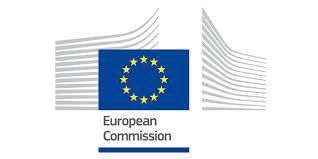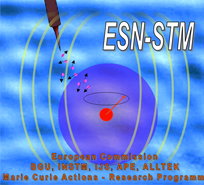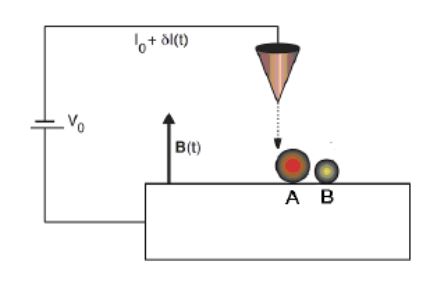

Scientific and Technological Objectives
The purpose of the studies proposed here is to further develop the technique of electron spin noise - scanning tunneling microscopy (ESN-STM) to the level that it will provide chemical contrast at the single atom and at the single molecule levels.
After averaging, the spectroscopic parameters obtained with ESN-STM are expected to be similar to those observed in macroscopic electron spin resonance (ESR). However, we even anticipate that there will be an ability to get local chemical contrast that will be different for different single spins.
This will open fascinating new possibilities in the field of Scanning Probe Microscopy (SPM). There are many questions that are still open regarding ESN-STM: The understanding of the mechanism is incomplete. The possibility to manipulate the spins is unexplored. However, we will deal with these questions only insofar as they are related to achieving nano-chemical contrast.
An additional objective that will enable us to reach a huge market in different fields - and hence is particularly relevant for the SMEs - will be the development of a technique to identify the type of atom under the tip. To be more specific, we propose to develop a technique whereby the tip of the STM will be able to identify atom A and atom B (Fig. 1). Almost all atoms can be identified. These atoms do not have to be magnetic. The only requirement from them is that they have a nuclear spin which is different from 0. However, this requirement is fulfilled by many isotopes.
 Fig. 1
Fig. 1
In all these studies we are dealing with a paramagnetic atom on the surface and its interaction (in particular hyperfine coupling) with neighboring atoms. This coupling, as presented in the preliminary results below, can be already measured with ESN-STM. However, the paramagnetic atom can be also on the tip, and in the distances it has from the atoms on the surface, it can have a hyperfine coupling with them. Since the hyperfine coupling depends on the size of magnetic moment of the nucleus, it will enable the identification of this nucleus, in particular since the distance and the orientation between these two spins can be modified.
We propose the continuation of an on-going successful collaboration, among three academic groups and two Small or Medium enterprises (SME)s.
